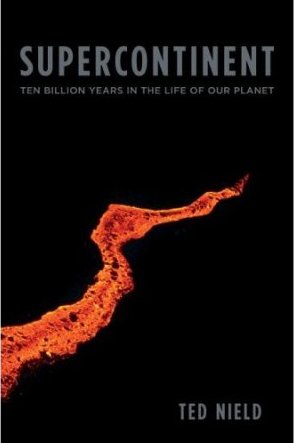Blog fodder for June 15th through June 16th:
- Activists warn of trans suicide risk in England as surgery delayed | Gay Star News – Activists have claimed the time for trans people to get male to female gender reassignment surgery has skyrocketed in England from seven months to three years.
- David Brothers: Quitting the Big Two – Changing those habits takes effort, which leads me directly to why it isn’t difficult to stay away from the Big Two these days: I succeeded at changing my thinking. Wednesdays aren’t new comics days any more. I don’t read comics news sites when I can help it. I discover new comics via word of mouth or Tumblr. I unplugged in a way that let me maintain my decision instead of waffling and crumbling.
- BBC News – Study: Deforestation leaves fish undersized and underfed – Deforestation is reducing the amount of leaf litter falling into rivers and lakes, resulting in less food being available to fish, a study suggests.
- Hauntology: The Past Inside The Present – This postcard haunts and is haunted. In 1989, its utopian promise haunted a reality that was unable to make good on it, and in turn the postcard was haunted by the increasingly dystopian qualities of reality. In 2009 this haunting-problem now haunts the present as an example of the Marxist hauntology Derrida wrote about. The problems of our imagined Utopias and Dystopias haven’t gone away – the postcard is a ghost of the GDR, exploding like a spectre the neat symbolic binaries we put our faith in by being both nice and nasty, wrong and right, innocent and guilty, present and absent. It’s also the ghost of childhood, of innocence personal or ideological, imploring us to know its killer, manifesting to us so as to haunt and correct injustice in the same way that ghosts traditionally do. It’s a poignant lie about reality and reality is a poignant inadequacy compared to it.
- German tank problem – Wikipedia, the free encyclopedia – In the statistical theory of estimation, the problem of estimating the maximum of a discrete uniform distribution from sampling without replacement is known in English as the German tank problem, due to its application in World War II to the estimation of the number of German tanks.

